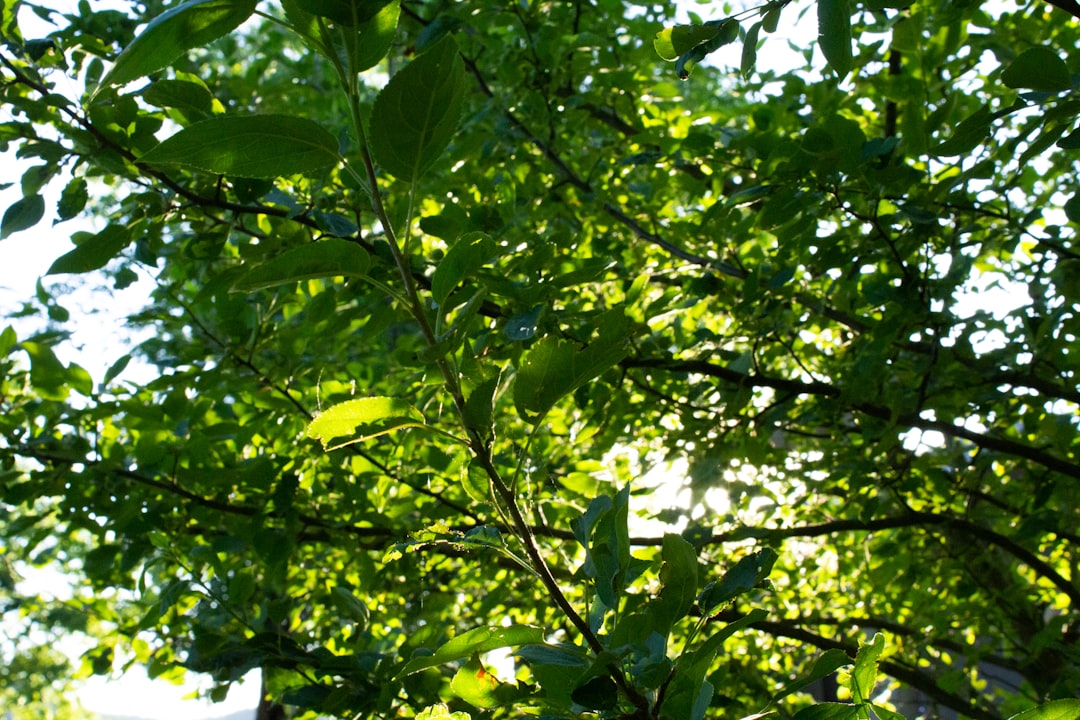The Hidden Benefits of Grass Clippings in Your Yard

When it comes to yard maintenance, one common question that many homeowners have is what to do with the grass clippings after mowing the lawn. Instead of simply bagging them up and sending them to the landfill, there are actually several ways to use these grass clippings to enhance the health of your plants and soil throughout your landscape.
Grass clippings are a valuable resource that can be used as a natural fertilizer. They are rich in nitrogen, which is an essential nutrient for plant growth. When you leave the grass clippings on your lawn after mowing, they break down quickly and release this nitrogen back into the soil. This not only provides a free source of fertilizer but also helps to improve the overall health of your lawn. The nitrogen in the grass clippings promotes lush, green growth and can reduce the need for chemical fertilizers.
In addition to using grass clippings as a fertilizer for your lawn, you can also use them in your garden beds. Spread a layer of grass clippings around the base of your plants to act as a mulch. Mulching with grass clippings helps to retain moisture in the soil, suppress weeds, and regulate soil temperature. It also adds organic matter to the soil as it decomposes, which improves soil structure and fertility. Just make sure to use dry grass clippings and avoid piling them too thickly around your plants to prevent matting and smothering.
Another way to utilize grass clippings is by composting them. Composting is a natural process that turns organic materials, such as grass clippings, into a nutrient-rich soil amendment. To start a compost pile with grass clippings, you can mix them with other organic materials like leaves, vegetable scraps, and shredded paper. It's important to maintain the right balance of carbon and nitrogen in your compost pile, with grass clippings providing the nitrogen. Turn the compost pile regularly to aerate it and speed up the decomposition process. In a few months, you'll have a rich, dark compost that you can use to improve the soil in your garden.
Grass clippings can also be used to create a natural weed barrier. Lay a thick layer of grass clippings between rows in your vegetable garden or around the edges of your flower beds. This will help to prevent weeds from germinating and growing, reducing the need for manual weeding. The grass clippings will gradually break down and add nutrients to the soil, further benefiting your plants.
When using grass clippings in your yard, it's important to follow a few guidelines. Avoid using grass clippings that have been treated with pesticides or herbicides, as these chemicals can harm your plants and the environment. Also, make sure to use fresh grass clippings and spread them out evenly to prevent them from clumping together. If you have a large amount of grass clippings, you can store them in a compost bin or pile until you're ready to use them.
In conclusion, grass clippings are a valuable resource that can be used in many ways to improve the health of your plants and soil. By using them as a fertilizer, mulch, compost, or weed barrier, you can reduce waste, save money on gardening supplies, and create a more sustainable yard. So, the next time you mow your lawn, think twice before throwing away those grass clippings and consider putting them to good use in your landscape.